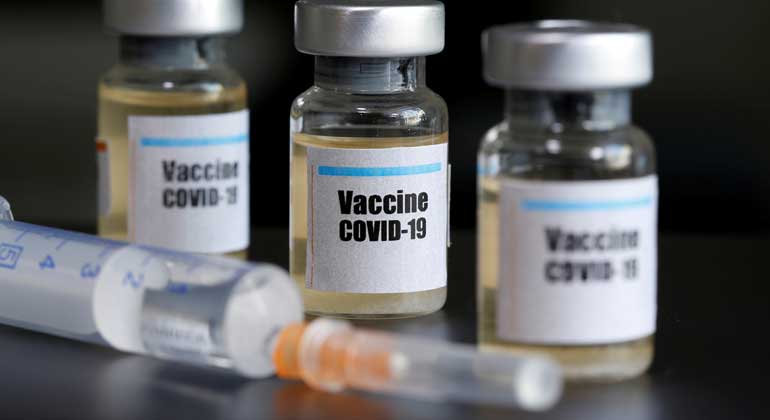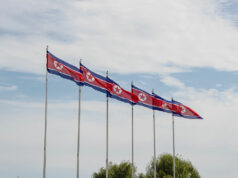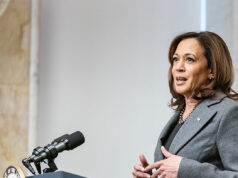
By Patricia B. Mirasol
Vaccines for the novel coronavirus are being developed at a record pace, as the world waits for a solution to an infectious disease that, as of writing, has taken more than 1.4 million lives. This focus has relegated other deadly infectious diseases to the backseat. Acquired Immunodeficiency Syndrome (AIDS)-related deaths, for instance, reached 690,000 last year. There is still no vaccine for HIV, the virus that causes AIDS.
“We have in the COVID-19 pandemic a rapid global spread with high incidences of morbidity and mortality, with commitments from world leaders, and with governments quickly putting in billions of dollars to underwrite the risks major companies are taking to accelerate vaccine development,” said Jerome Kim, director-general of the International Vaccine Institute. “Can we do this for [other deadly diseases]? It would be wonderful if we could apply these great technological leaps to global health problems that have been affecting us that are too difficult to solve.”
Moderna Inc. announced on November 16 that its experimental vaccine is 94.5% effective in preventing COVID-19 based on interim data from a late-stage trial. It came on the heels of Pfizer Inc.’s announcement that its vaccine candidate was found to be more than 90% effective in its Phase 3, late-stage study. There are already 10 such vaccine candidates in Phase 3 of clinical trials.
Dr. Kim said looking at the situation from the perspective of non-incentivized vaccines—vaccines whose development isn’t an urgent priority—makes the picture slightly different.
“The silver lining of the bleak cloud of COVID-19 will be that… countries will be more aware of the threat of infectious diseases. Maybe these same structures we’re using now for COVID-19 can be leveraged against other important global health problems. Maybe these new mechanisms of funding that COVID-19 has put into place will help us with other diseases that need incentivization, that need vaccines developed for,” he said at a Future of Healthcare Week Asia discussion.
PROTECTING VACCINE EFFICACY
Vaccines normally take decades to develop, said Melanie Saville, director of vaccine development of the Coalition for Epidemic Preparedness Innovations (CEPI). “It’s incredible that 10 months after discovering COVID-19, we have vaccine candidates in Phase 3 with the potential to be licensed before the end of the year,” she said.
But developing an effective vaccine is just the first step. Countries then have to overcome supply chain challenges and make sure that people get vaccinated.
“We’re looking to get two billion doses by the end of next year by Pfizer. In terms of scale and volume, there’s nothing quite like this that has been done. Are there sufficient glass vials? Are there alternatives to the glass vials? We should be looking at the challenge of packaging,” said David Sarley, senior program officer at the Bill & Melinda Gates Foundation.
Vaccines also have specific storage temperature ranges, so there’s not a lot of margin for error for their handling. Pfizer’s vaccine, for example, must be stored and shipped at minus 70 degrees Celsius.
“Ultra-cold chain hasn’t been required previously of this scale,” Mr. Sarley said. “You have the DRC [Democratic Republic of the Congo], for instance, that has set up a cold chain for the Ebola vaccine, but these are much smaller campaigns.” He added that countries will have to invest in ultracold chain freezers and dry ice production, and that the number of handover points need to be minimized from the manufacturer to the national cold store to the immunization center.
ENSURING EQUITABLE DISTRIBUTION
To reduce the tendency of vaccine nationalism (or the “every nation for itself” approach to obtaining potential vaccines and remedies for COVID-19), a global effort has been set up to ensure the fair allocation of the vaccines and to make sure the most vulnerable populations get vaccinated.
COVAX is co-led by Gavi, the Vaccine Alliance, CEPI, and the World Health Organization. It aims to provide innovative and equitable access to COVID-19 diagnostics, treatments, and vaccines by acting as a platform that will support the research, development, and manufacturing of a wide range of COVID-19 vaccine candidates, and negotiate their pricing.
Participating countries—regardless of income level—will have equal access to these vaccines once they are developed. The initial aim is to have 2 billion doses available by the end of 2021, which the collaboration said should be enough to protect high risk and vulnerable people, as well as frontline healthcare workers.
The Philippines is part of COVAX.
The world is lucky to have the COVAX solution, Dr. Kim said, especially since several countries have already preordered millions of doses.
“There is a tendency to protect one’s own population first,” he said. “Support for a global solution will hopefully stand against this. One of the things we know and have to relearn often is that these pandemics cross borders very quickly. It will find unvaccinated populations. This pandemic will not only have a larger toll, it will drag on longer if we don’t find an equitable solution.”



